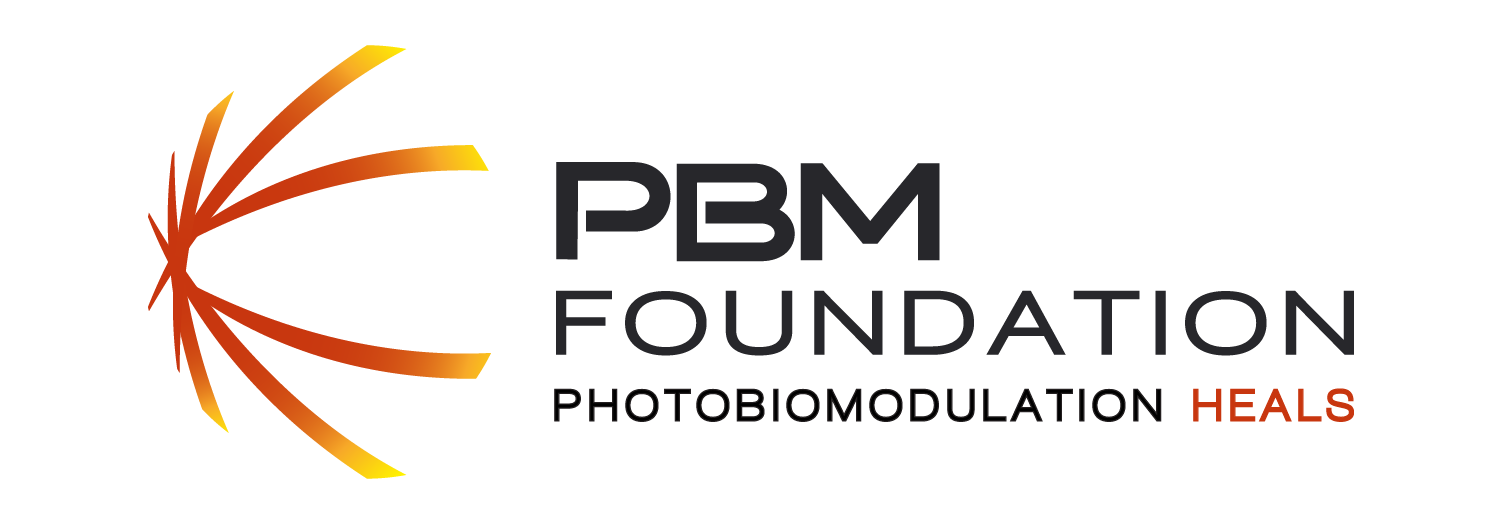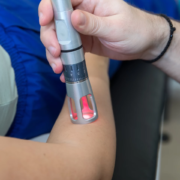Unlocking the Power of Light on the Skin: A Comprehensive Review on Photobiomodulation
Abstract
Photobiomodulation (PBM) is a procedure that uses light to modulate cellular functions and biological processes. Over the past decades, PBM has gained considerable attention for its potential in various medical applications due to its non-invasive nature and minimal side effects. We conducted a narrative review including articles about photobiomodulation, LED light therapy or low-level laser therapy and their applications on dermatology published over the last 6 years, encompassing research studies, clinical trials, and technological developments. This review highlights the mechanisms of action underlying PBM, including the interaction with cellular chromophores and the activation of intracellular signaling pathways. The evidence from clinical trials and experimental studies to evaluate the efficacy of PBM in clinical practice is summarized with a special emphasis on dermatology. Furthermore, advancements in PBM technology, such as novel light sources and treatment protocols, are discussed in the context of optimizing therapeutic outcomes and improving patient care. This narrative review underscores the promising role of PBM as a non-invasive therapeutic approach with broad clinical applicability. Despite the need for further research to develop standard protocols, PBM holds great potential for addressing a wide range of medical conditions and enhancing patient outcomes in modern healthcare practice.
Read more on pubmed.ncbi.nlm.nig.gov or download the PDF

